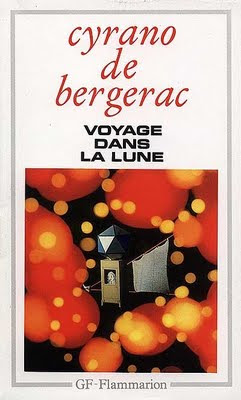 Dark Passage, published in 1946, was the first novel by David Goodis. The following year it was made into a Bogart/Bacall movie and Goodis landed himself a screen-writing contract in Hollywood. He seemed to have a bright future opening up, but as in the case of so many of the heroes of noir fiction, it was not to be. He did go on to write quite a few more novels before his untimely death in 1967 as the age of 50.
Dark Passage, published in 1946, was the first novel by David Goodis. The following year it was made into a Bogart/Bacall movie and Goodis landed himself a screen-writing contract in Hollywood. He seemed to have a bright future opening up, but as in the case of so many of the heroes of noir fiction, it was not to be. He did go on to write quite a few more novels before his untimely death in 1967 as the age of 50.Dark Passage is a little in the style of James M. Cain’s The Postman Always Rings Twice, with a confessional style of narrative. There’s even more emphasis in Dark Passage on lengthy interior monologues – at times it almost approaches a steam-of-consciousness feel, especially when he starts having conversations in his head with dead people. The reader spends the entire book inside the head of the protagonist, Vince Parry, and it’s not always a comfortable place.
To say that Vince has a negative outlook on life would be an understatement of epic proportions. The opening paragraph sums up the fatalistic mood of the book extremely well:
It was a tough break. Parry was innocent. On top of
that he was a decent sort of guy who never bothered
people and wanted to lead a quiet life. But there was too
much on the other side and on his side of it there was
practically nothing. The jury decided he was guilty. The
judge handed him a life sentence and he was taken to
San Quentin.
Parry’s wife had been found dead at the bottom of a staircase, with a heavy glass ash-tray covered in his fingerprints lying beside the body. Parry himself believed her death was accidental, but nobody was willing to listen to his side of the story. He manages to break out of gaol, and runs across a strange young woman who seems to know an astonishing amount about his life, and who seems keen to help him. Parry needs all the help he can get, since he finds it difficult to make decisions and really has no idea of what to do next. While he’s trying to decide he finds himself the prime suspect in a second murder, and the plot thickens (as they say).
While there’s a mystery at the heart of Dark Passage, a puzzle that needs to be solved, that mystery isn’t really the point of the book. In a sense it doesn’t matter who killed Vince’s wife, or if it was indeed an accident. Goodis is primarily interested in Vince’s struggles to escape the net that is closing around him, and also his struggles with himself over his extremely confused feelings for Irene (the woman who offers to help him). Trusting someone doesn’t come naturally to Parry, and he automatically assumes that he’s not worth it anyway so why should she ruin her life trying to help a loser like him?
It’s a gripping and emotionally involving story, and it’s a superbly written book. Goodis has a distinctive style, and it’s a style that becomes almost poetic at times. A number of writers from the hard-boiled or noir school of fiction are now accepted as being not just great crime writers but great writers, and on the strength of this novel Goodis deserves to take his place among them.








